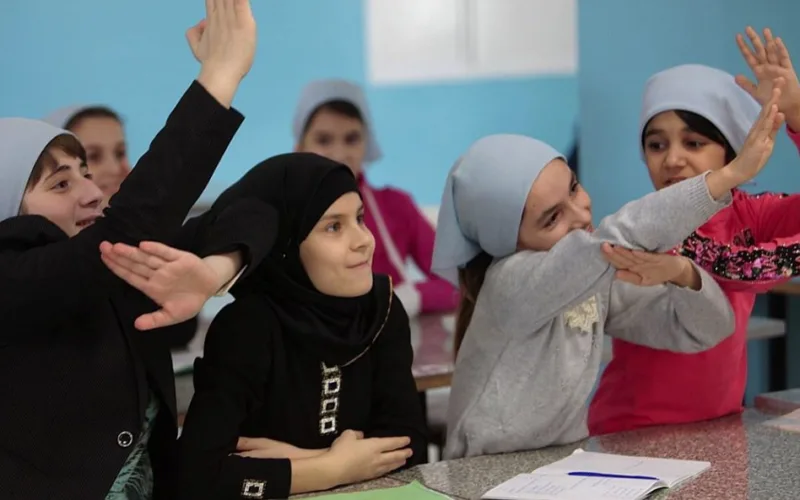According to the directive, “clothing and elements demonstrating the student’s religious affiliation” are now prohibited within educational institutions, impacting items such as hijabs and niqabs.
The Education Ministry for the Vladimir region released a statement on Saturday defending the ban, arguing that it aligns with Russia’s secular Constitution, which maintains the nation as a secular state with no official religion.
“Dress requirements in schools ensure the secular character of state educational institutions and uphold religious neutrality,” the ministry explained, emphasizing that the ban applies to all students equally.
This move makes Vladimir the first Russian region to formally ban hijabs in schools, though a significant precedent was set in 2015 when Russia’s Supreme Court upheld a similar ban in the Republic of Mordovia.
While that ruling impacted students, a local court later overturned a hijab ban for teachers in 2017, allowing teachers to wear the headscarf.
Vladimir’s new rule updates the dress code initially introduced in 2017, which mandated “secular” and “business style” attire for students. Calls for such bans have resurfaced amid rising xenophobia and discrimination following violent attacks in Russia this year.
The ban follows a fatal attack at a Moscow concert in March claimed by the Islamic State, and a June attack in Dagestan, where a senior Muslim cleric temporarily prohibited the niqab for security reasons.
While Muslims are Russia’s second-largest religious community, human rights advocates regularly highlight incidents of discrimination against Muslim women wearing Islamic dress.


 WhatsApp Channel
WhatsApp Channel
 Instagram
Instagram
 Facebook
Facebook
 X (Twitter)
X (Twitter)
 Google News
Google News